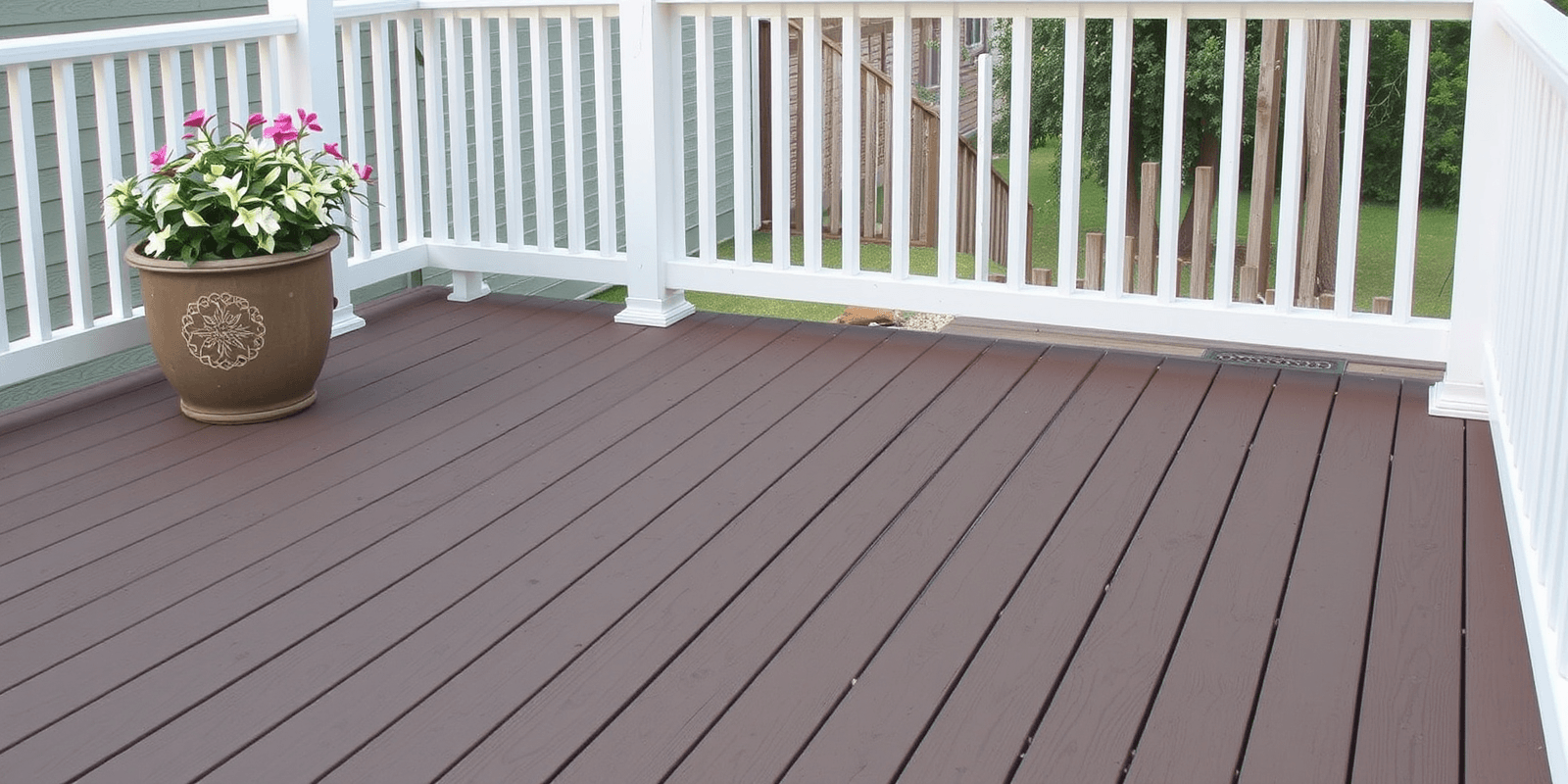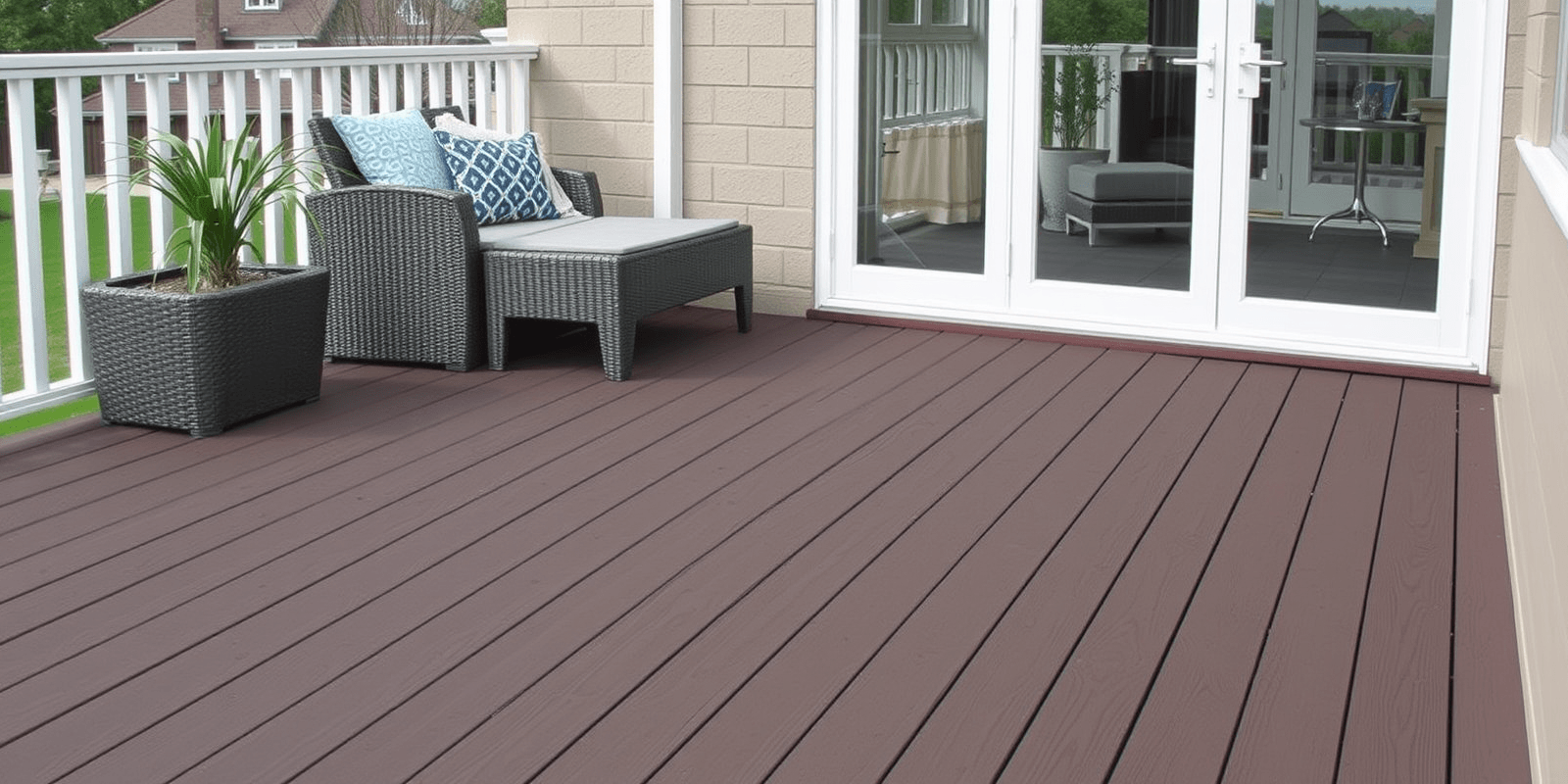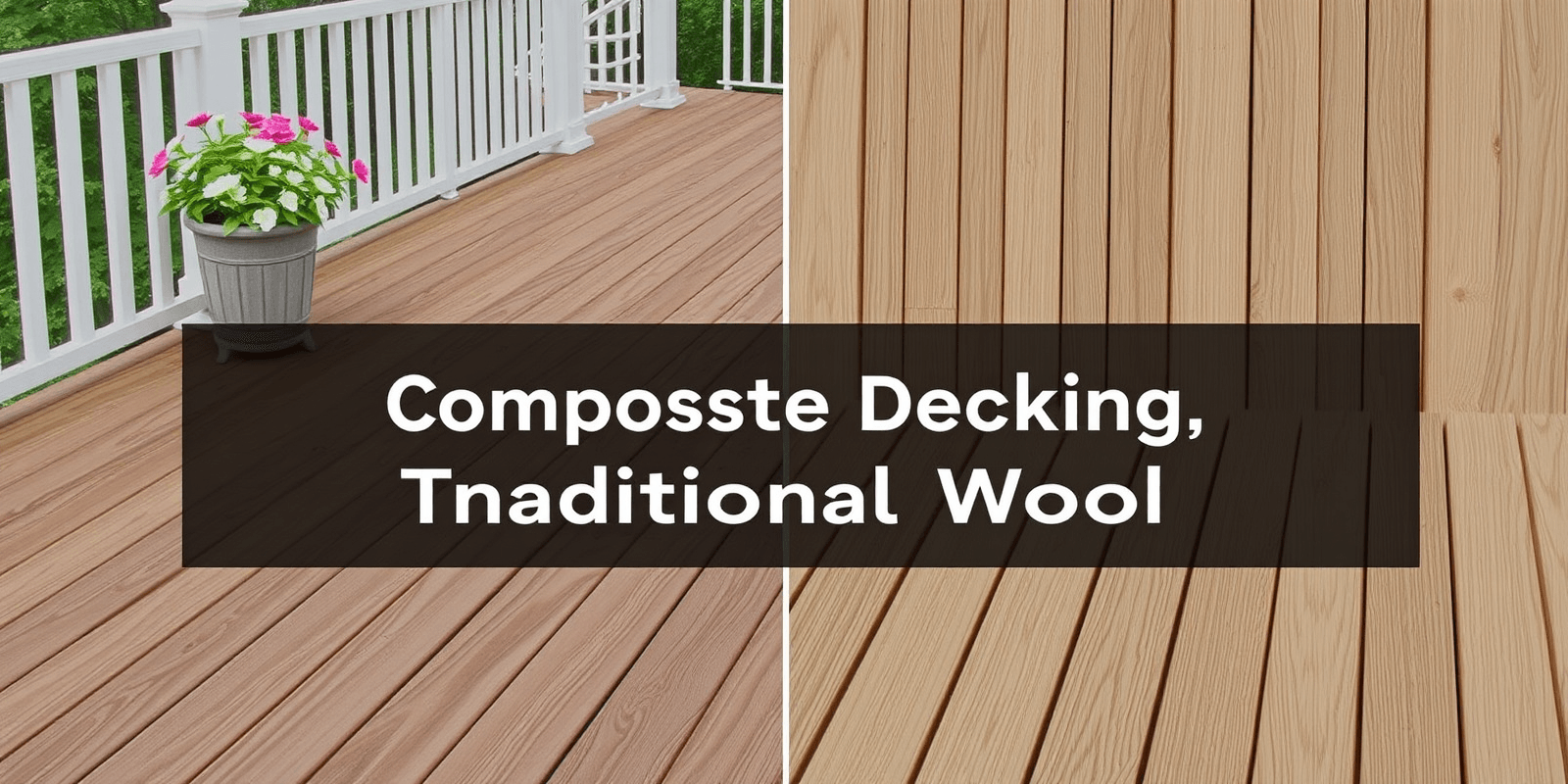Can You Brad Nail Composite Decking?
Introduction
In the realm of outdoor construction and home improvement, composite decking has become increasingly popular due to its durability, low maintenance, and aesthetic appeal. When it comes to fastening composite decking boards, many professionals and DIY enthusiasts often debate the merits of using a brad nailer. This article delves into the intricacies of using a brad nailer for composite decking installation, exploring the technical considerations, potential benefits, drawbacks, and recommended techniques.
Technical Considerations
Composite decking materials are made from a mixture of wood fibers and plastic, which makes them resistant to moisture, rot, and insect damage. However, these materials also have unique properties that affect how they can be fastened. Unlike traditional wood, composite decking does not hold nails or screws as well due to its composition and density. The material’s tendency to expand and contract with temperature changes also poses additional challenges for fasteners.
Potential Benefits
One of the primary advantages of using a brad nailer is its ability to drive nails quickly and accurately. This tool can be particularly useful when working on large projects, as it significantly speeds up the installation process. Additionally, brad nails leave smaller holes than standard nails or screws, reducing the need for extensive filling and sanding after installation. For those looking for a clean, professional finish, a brad nailer can offer a neat solution.
Potential Drawbacks
Despite its benefits, using a brad nailer for composite decking comes with several drawbacks. One major concern is the risk of splitting the composite material. The pressure applied by the brad nailer can cause the composite board to crack or split, especially if the nails are driven too close to the edge or if the board is already stressed. Another issue is the difficulty in removing brad nails without damaging the composite decking, making repairs challenging if issues arise later.
Recommended Techniques
To mitigate the risks associated with using a brad nailer, it is crucial to follow best practices. First, ensure that the brad nails are long enough to securely fasten the composite decking but not so long that they penetrate through the underside of the board. It’s also essential to space the nails appropriately to avoid excessive stress on any single point of the composite board. Additionally, pre-drilling holes before driving the nails can help prevent splitting and ensure a more secure fit.
Alternatives and Best Practices
Given the potential drawbacks, some experts recommend alternative fastening methods for composite decking. Hidden fasteners, such as clips or screws, are often preferred because they do not compromise the structural integrity of the composite material. These methods allow for more flexibility in the deck boards, accommodating expansion and contraction without causing damage. Always refer to the manufacturer’s guidelines for specific recommendations on fastening composite decking.
Conclusion
While a brad nailer can be used for installing composite decking, it requires careful consideration and adherence to proper techniques to avoid common pitfalls. The speed and precision offered by a brad nailer come with trade-offs, including the risk of splitting and the difficulty in removal. By understanding the technical aspects and following recommended practices, one can determine if a brad nailer is the right choice for their project. Ultimately, the decision should be guided by the specific requirements and constraints of each individual project.
Reference
Family Handyman – How to Install Composite Decking
Popular Mechanics – Should You Use Nails or Screws for Composite Decking?



